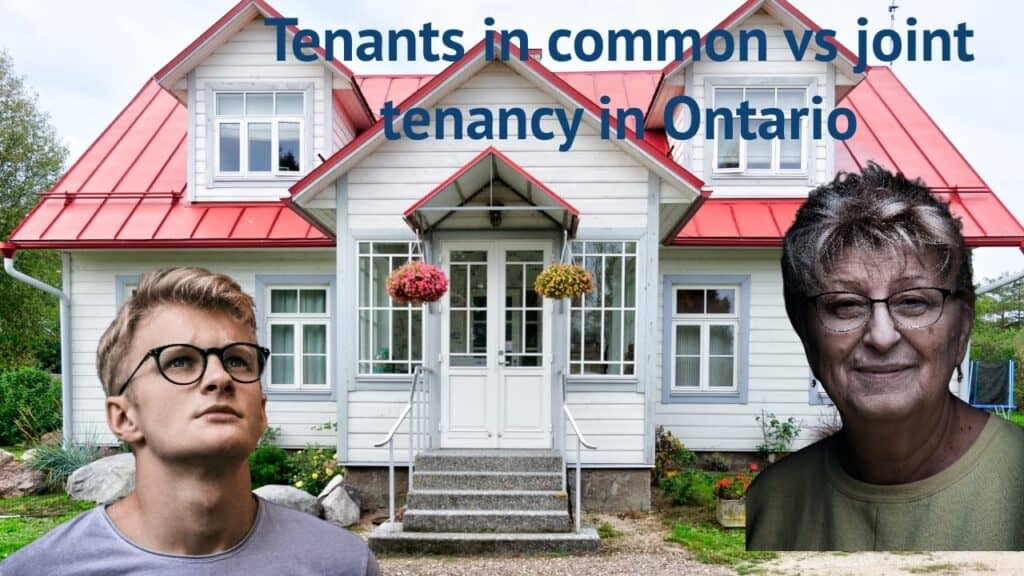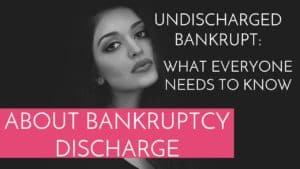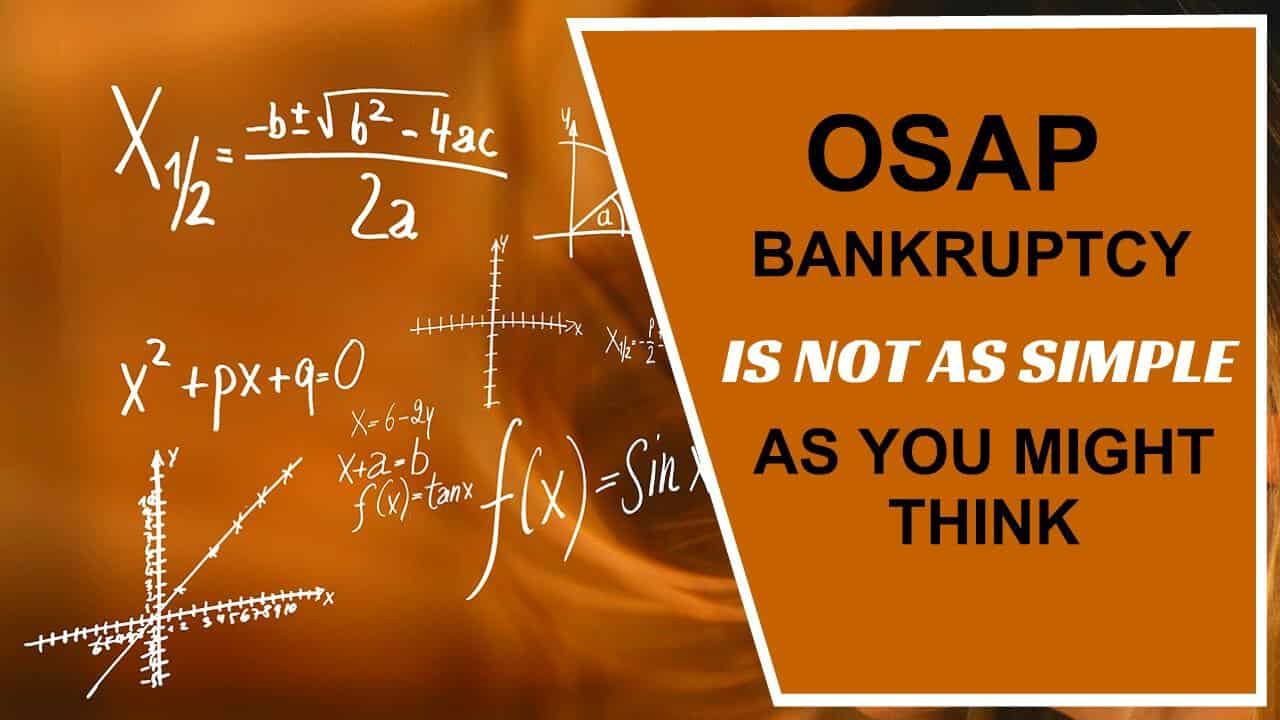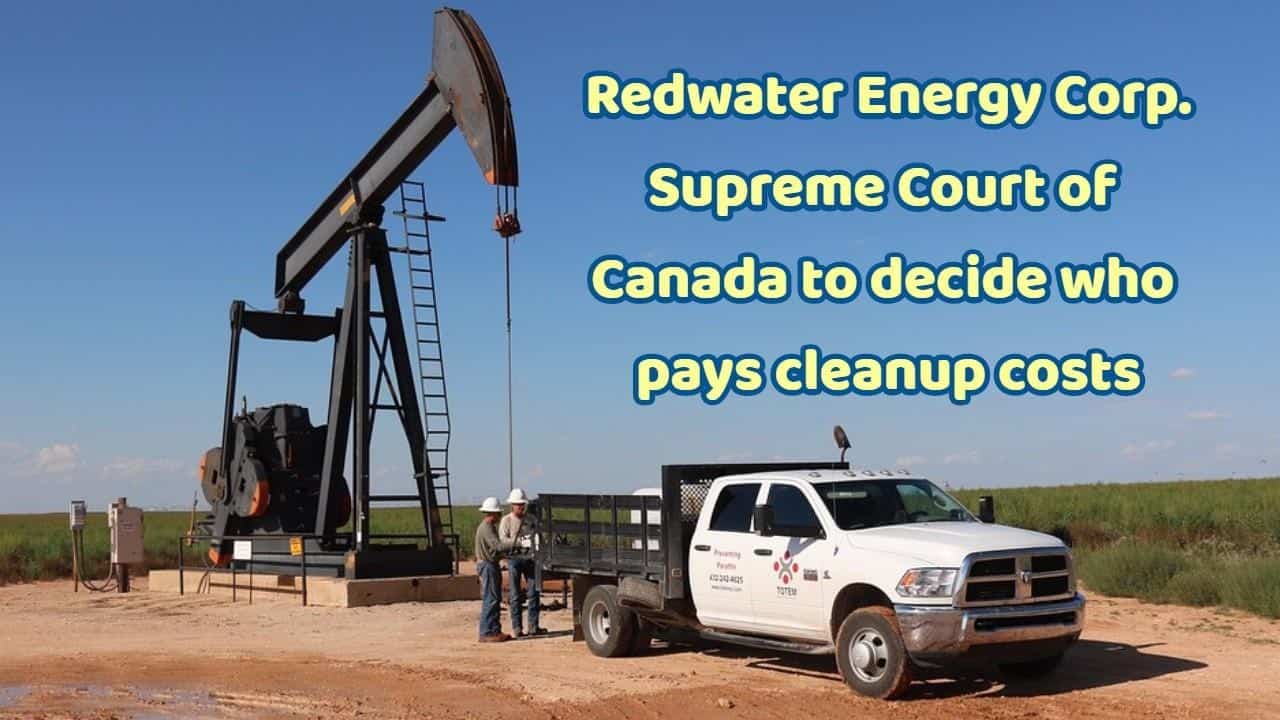tenants in common vs joint tenancy
We hope that you and your family are safe, healthy and secure during this COVID-19 pandemic.
Ira Smith Trustee & Receiver Inc. is absolutely operational and Ira, in addition to Brandon Smith, is readily available for a telephone consultation or video meeting.
Tenants in common vs joint tenancy in Ontario: Shared ownership of property
There are two different types of property joint ownership: tenants in common vs joint tenancy. Whether you’re married or not, you still face the same problems. Having a co-owned home raises the issue of how the title should be held; tenants in common vs joint tenancy. Both are equally good. The answer really depends on the relationship between the co-owners and their estate planning needs.
A bankruptcy filing by one of the co-owners complicates matters further. A recent bankruptcy case decision in Ontario where only one of the joint owners filed for bankruptcy, highlights the problem, especially for non-bankrupt co-owner. This Brandon Blog discusses the recent bankruptcy case and what it means for both the bankrupt co-owner and the non-bankrupt co-owner regardless of the ownership choices between tenants in common vs joint tenancy.
Home ownership in Ontario: tenants in common vs joint tenants as co-owners
The word “tenants” is normally thought of with property rental. But both joint tenancy and tenants in common reference to a type of shared property ownership. As tenants in common, the ownership rights and all areas of an entire property are owned equally by all members of the group.
When one of the joint tenants dies, the deceased owner‘s share of the property passes to the surviving owner without going through the probate process. With tenants in common, in the event of death, this is not the case.. For asset protection and estate planning purposes, many married couples who want to hold title to the real property in a co-ownership structure, do so as joint tenants to avoid the probate process. Each joint tenant owns a 50% share ownership stake in the property.
Tenants in common may freely decide what ownership percentage of the property each owns. Each tenant in common does not need to own an equal percentage of the property; unequal ownership is fine as long as all co-owners agree on the ownership arrangements of unequal shares. The tenants in common can also transfer their share of the property through a Will, a real estate transfer, or even an arm’s length sale. Tenants in common are well advised to have a signed co-ownership agreement that spells everything out.
This is the primary difference between tenants in common vs joint tenancy in Ontario for the joint ownership of real property.

Property ownership part 2: tenants in common vs joint tenants in Ontario and the bankruptcy of 1 co-owner
When a co-owner becomes bankrupt, what happens? The Brandon Blog faithful knows that I have previously explained that upon bankruptcy of a person, the non-exempt assets of the bankrupt should be vested in the licensed insolvency trustee, subject to secured creditors‘ rights. For real estate ownership, the answer does not change whether title is held in tenants in common vs joint tenancy.
There is an exemption in Ontario for equity in one’s home of not more than $10,783. It is not an exemption for the first $10K, but rather if the total equity is below that amount. Therefore, we can consider the equity in a bankrupt person’s ownership interest in their home to belong to the Trustee for all practical purposes.
If the bankrupt has a 50% ownership stake due to a joint tenancy agreement, then it is the bankrupt’s equity in half the home. If the bankrupt’s ownership stake is under a tenants in common co-ownership agreement, then it is the equity in only the bankrupt’s co-ownership share. In either scenario, the ownership interest of the non-bankrupt owners are not directly affected. However, the other co-owners’ are affected one way or the other by the bankruptcy of a co-owner. The legal case I am about to tell you about is no exception.
Land Owner Transparency Registry: A Public Database
Upon the person’s bankruptcy, the bankrupt must disclose all assets to the Trustee. With computerization and the internet, it is easy for a Trustee to determine if the bankrupt has an ownership interest in the real estate where they reside. This is whether or not the bankrupt has disclosed such ownership interest.
The decision of the Honourable Justice Pattillo of the Ontario Superior Court of Justice in Bankruptcy and Insolvency dated July 28, 2021, in Re Johansen Bankruptcy, 2021 ONSC 5241 (CanLII) highlights the issues in the bankruptcy of a co-owner of real estate. In December 2016, Mr. Johansen filed a voluntary bankruptcy assignment. In his sworn statement of affairs, he listed no realizable assets and liabilities of $73,968 (unsecured) and $14,950 (secured). No mention is made of any ownership in real estate.
The Trustee learned of the bankrupt’s interest in the home he lived in with his mother in March 2017. In the period from April 2017 to October 2020, the Trustee wrote to the bankrupt and Mrs. Johansen as well as spoke to the bankrupt several times about his interest in the home and why it hadn’t been disclosed. The bankrupt did not provide any information other than denying interest in the property, and his mother did not respond.
A FedEx courier envelope containing a one-page statutory declaration purportedly signed by Mrs. Johansen on October 18, 2018, arrived at the Trustee on October 16, 2020. Her declaration stated, in part, that putting the 20% in the bankrupt’s name was intended to provide her son with an interest in her Estate over and above any other entitlements under her Will. According to her, the 20% was a gift to be realized only after her death.
In the Trustee’s view, the bankrupt and his mother are playing games with each other. The Trustee applied to the court for a declaration that the bankrupt held a 20% interest in the home at the time of bankruptcy, and that he could partition and sell it. Despite the Trustee having a lawyer, the bankrupt represented himself. It would have been better if he had gotten legal advice and been represented in court.

Tenants In Common vs Joint Tenancy: Can your 90-year-old mother be thrown out of her house?
The Judge determined that the bankrupt owned a 20% interest in the property based on the legal title, and hence, that 20% interest vested in the Trustee pursuant to s. 71 of the Bankruptcy and Insolvency Act (Canada) (BIA).
Mrs. Johansen’s statutory declaration to the effect that the bankrupt did not own the real estate and that the 20% was a gift that only passes to him on her death was not accepted by the Judge. The declaration was signed some two years after the bankruptcy when the Trustee’s ownership interest was well known. Despite repeated requests from the Trustee for information, it was not produced for another two years. In addition to what was noted by the Judge, his main concern was the way she characterized the bankrupt’s interest, given the evidence concerning the property they owned before this home, which Mrs. Johansen failed to mention.
Mrs. Johansen and the former marriage of the bankrupt’s wife, as well as the bankrupt, were the three parties on title to the home they purchased on January 30, 2007. They obtained a mortgage from TD Bank on January 30, 2007, which was discharged on February 21, 2007. Due to a marital split, the bankrupt’s wife was removed from the legal title on October 17, 2008, leaving just his mother Mrs. Johansen and himself as parties on the legal title. The bankrupt admitted that his ex-wife was paid for her interest in that home. On June 28, 2012, the bankrupt and his mother sold that home for $567,000, and the same day purchased the current home for $450,000.
The home was purchased in 2012. The title documents recorded at the time, its ownership is divided between 20% owned by the bankrupt and 80% owned by Mrs. Johansen. Mrs. Johansen and the bankrupt both signed the Land Transfer Tax affidavit showing as between tenants in common vs joint tenancy they chose to own the home as tenants in common. There are no mortgages recorded on the title.
All title searches, including a current title search, did not reveal the nature of the interests of each of Mrs. Johansen, the bankrupt or his ex-wife held in that previous home. However, it did show that each of them had an interest in it. The Judge determined that when Mrs. Johansen and the bankrupt bought the current home, it is a reasonable conclusion that the bankrupt had a 20% ownership interest in it. It was not intended to only pass on Mrs. Johansen’s death.
Justice Pattillo did not accept the bankrupt’s evidence that he has no interest in the property and had no knowledge that he was one of the parties on title. Given the history and the fact that he signed the affidavit of Land Transfer Tax at the time of purchase, Justice Pattillo held that the bankrupt was aware he had an interest in the legal title in the property.
Justice Pattillo found that the Trustee had the standing to bring the application for partition or sale of the property since he is a person with an interest in it. The Judge noted that Mrs. Johansen is 90 years old and does not wish to sell her home. Based on the evidence, however, he did not consider that to be of sufficient hardship to warrant refusing the requested remedy.
Tenants in common vs joint tenancy: The bankruptcy of 1 co-owner will affect the others
The Judge stayed his order for three months. He encouraged the bankrupt and through him his mother to seek professional advice so that this issue can be resolved with the Trustee before the sale process begins. The order will take effect if a resolution is not reached within that timeframe.
Now that the prospect of the sale of the entire home, not just the bankrupt’s co-ownership interest, was a reality, the bankrupt and his mother needed professional guidance. Their professional advice would be that the Trustee is only entitled to 20% of the bankrupt’s equity interest. So, if the mother from her own funds, or by getting a mortgage, can come up with the value of the 20% interest and pay it to the Trustee, then the house will not get sold. She will have bought the bankrupt son’s 20% interest, and the Trustee will have all the money he is entitled to.
If one co-owner goes bankrupt, the other co-owners are affected as well. It is the Trustee’s responsibility to convert the bankrupt’s equity into cash. One or more of the remaining co-owners are the natural buyers of the bankrupt co-owner’s interest. Sometimes non-bankrupt co-owners must sell, as is the case for Johansen if the mother cannot purchase the son’s equity from the Trustee, but most often someone will purchase the Trustee’s equity to maintain the status quo.
Had the choice of ownership interest as between tenants in common vs joint tenancy, this would not have changed the outcome of this case.

A lawyer can help you understand tenants in common vs joint tenancy in Ontario
I hope that you found the tenants in common vs joint tenancy Brandon Blog interesting. Problems will arise when you or your company are in financial distress, cash-starved and cannot repay debts. There are several insolvency processes available to a company or a person with too much debt.
If you are concerned because you or your business are dealing with substantial debt challenges, you need debt help and you assume bankruptcy is your only option, call me.
It is not your fault that you remain in this way. You have actually been only shown the old ways to try to deal with financial issues. These old ways do not work anymore.
The Ira Smith Team utilizes new modern-day ways to get you out of your debt difficulties with debt relief options as alternatives to bankruptcy. We can get you the relief you need and so deserve. Our professional advice will create for you a personalized debt-free plan for you or your company during our no-cost initial consultation.
The tension put upon you is big. We know your discomfort factors. We will check out your entire situation and design a new approach that is as unique as you and your problems; financial and emotional. We will take the weight off of your shoulders and blow away the dark cloud hanging over you. We will design a debt settlement strategy for you. We know that we can help you now.
We understand that people with credit cards maxed out and businesses facing financial issues need a realistic lifeline. There is no “one solution fits all” method with the Ira Smith Team. Not everyone has to file bankruptcy in Canada. The majority of our clients never do as we know the alternatives to bankruptcy. We help many people and companies stay clear of filing an assignment in bankruptcy.
That is why we can establish a new restructuring procedure for paying down debt that will be built just for you. It will be as one-of-a-kind as the economic issues and discomfort you are encountering. If any one of these seems familiar to you and you are serious about getting the solution you need to become debt-free, contact the Ira Smith Trustee & Receiver Inc. group today.
Call us now for a no-cost consultation.
We hope that you and your family are safe, healthy and secure during this COVID-19 pandemic.
Ira Smith Trustee & Receiver Inc. is absolutely operational and Ira, in addition to Brandon Smith, is readily available for a telephone consultation or video meeting.














